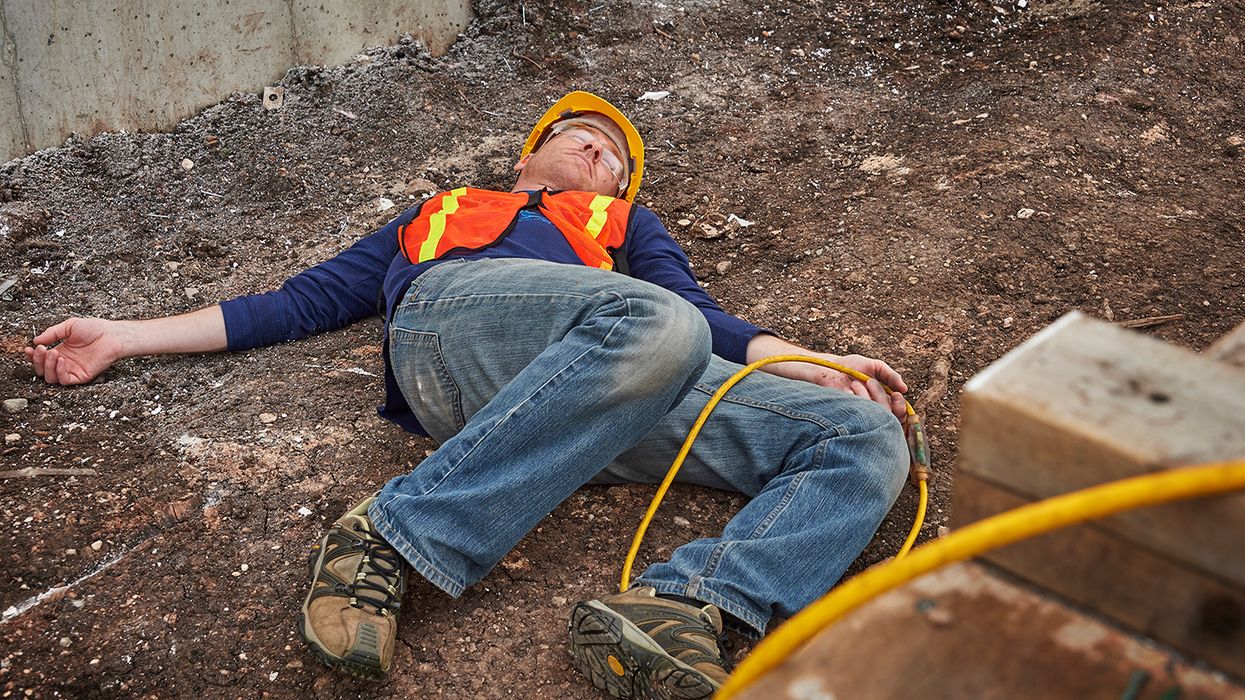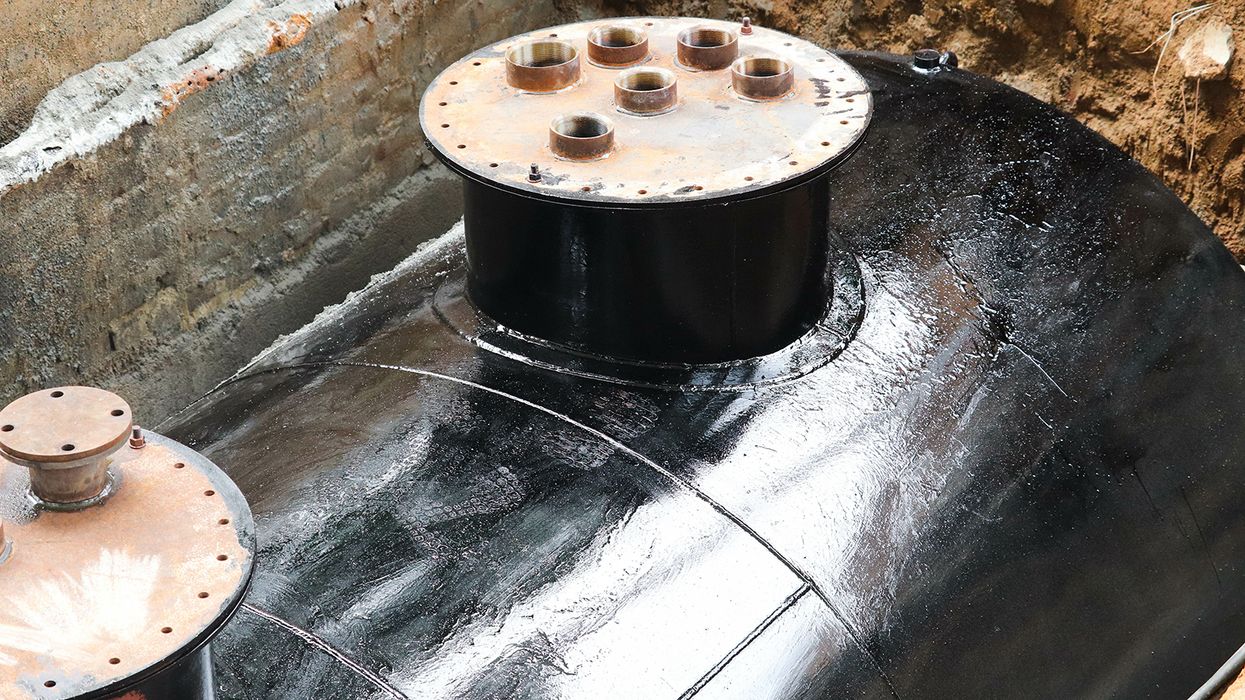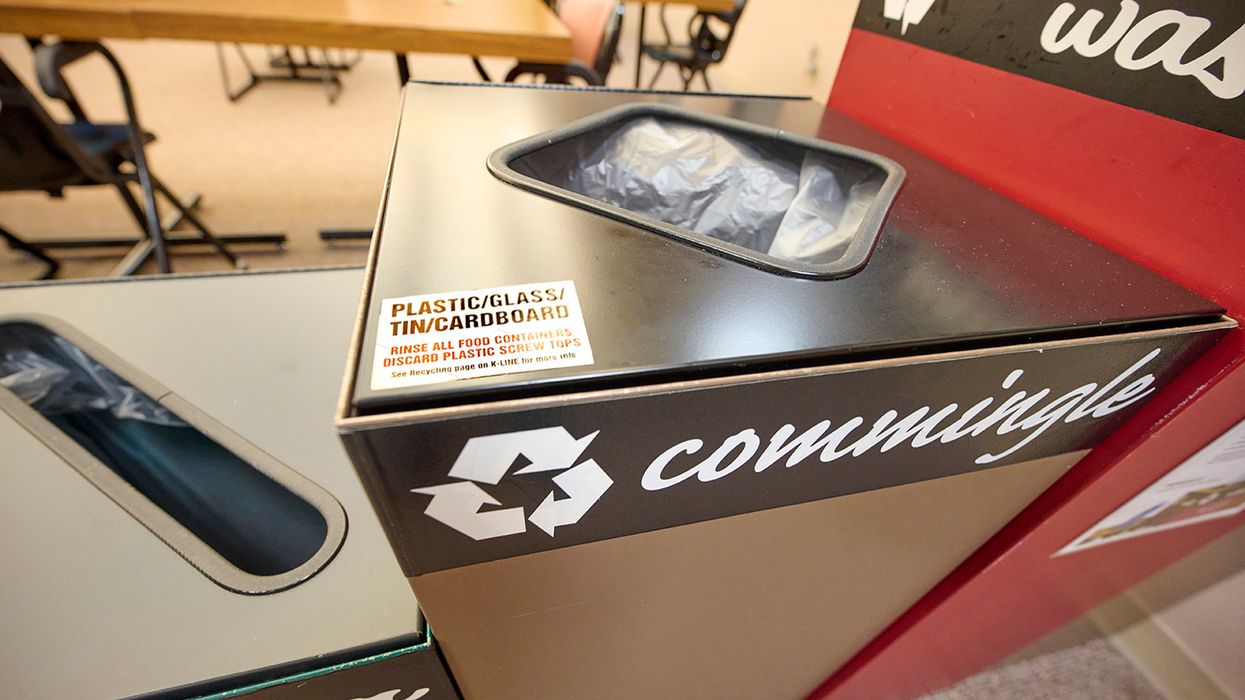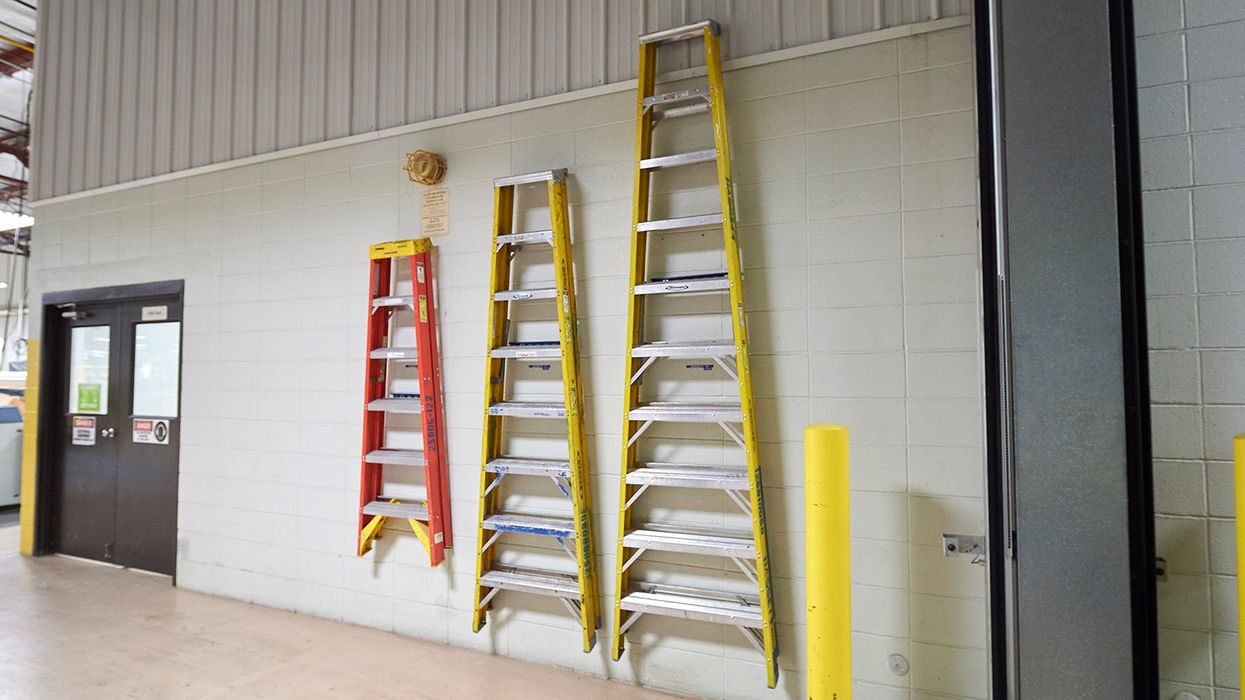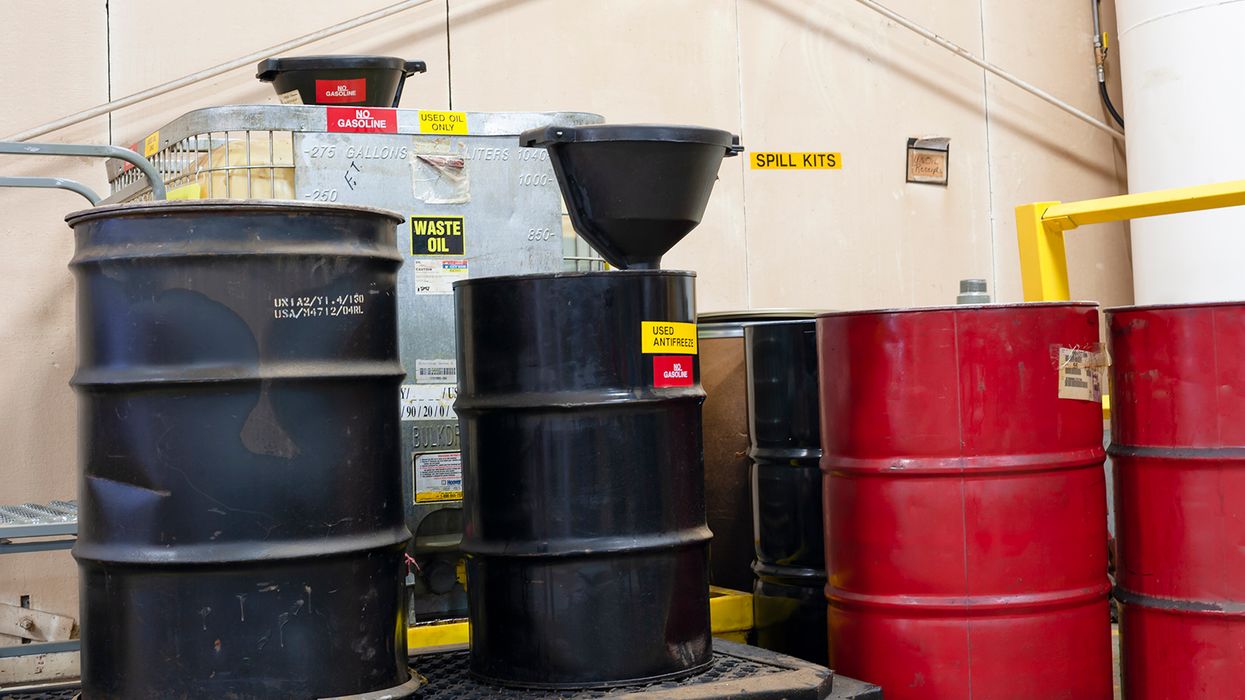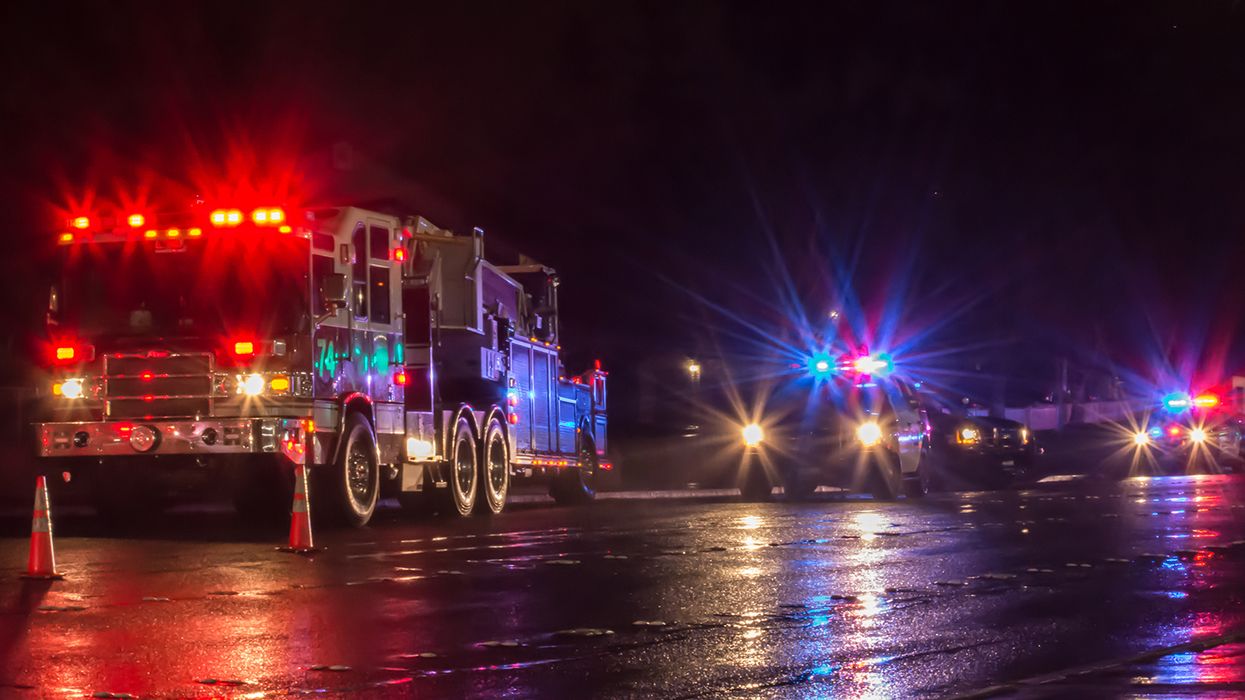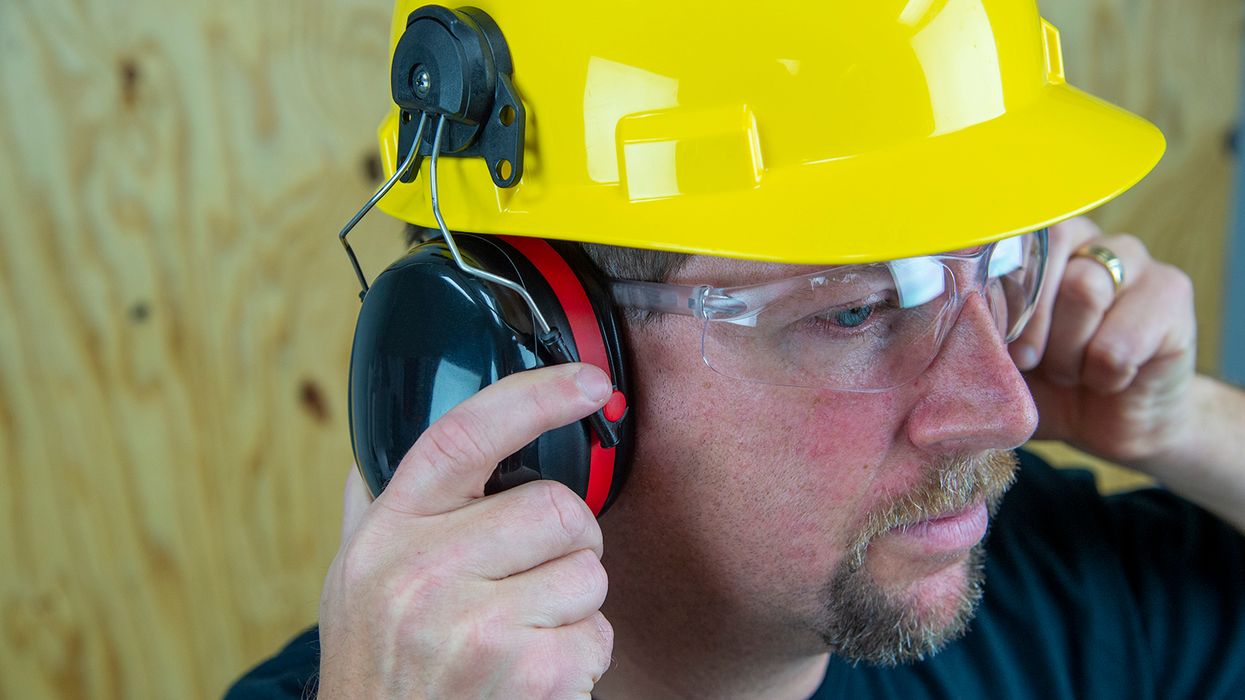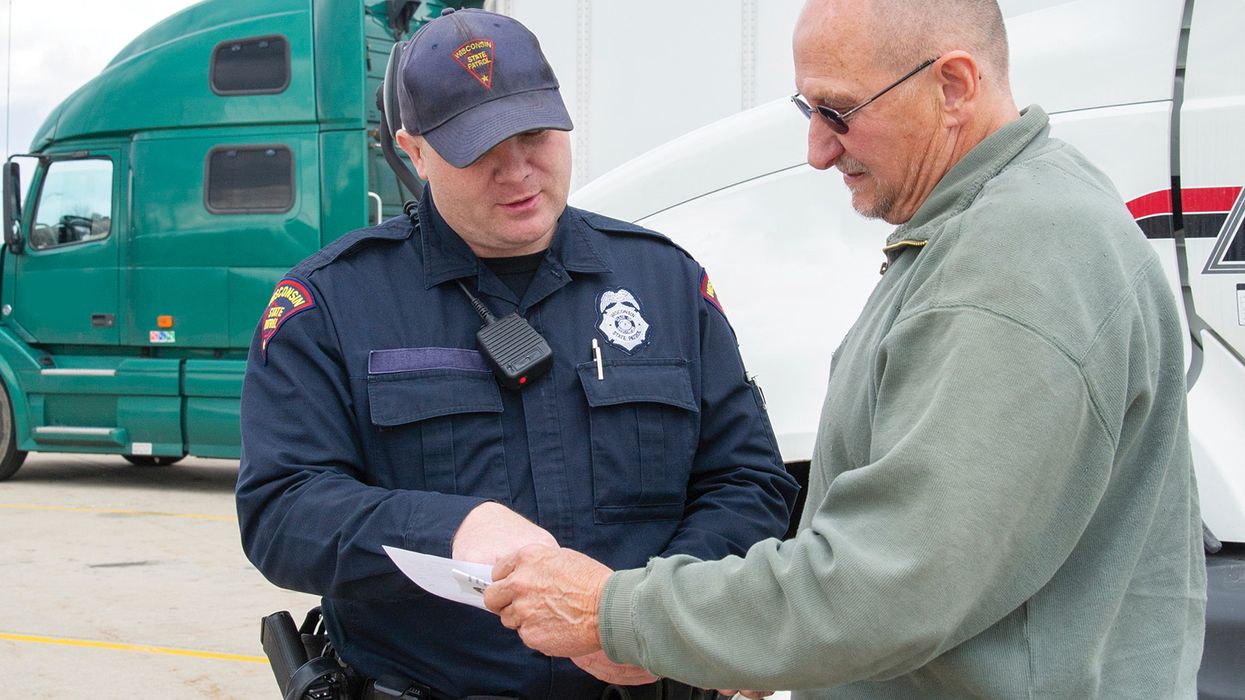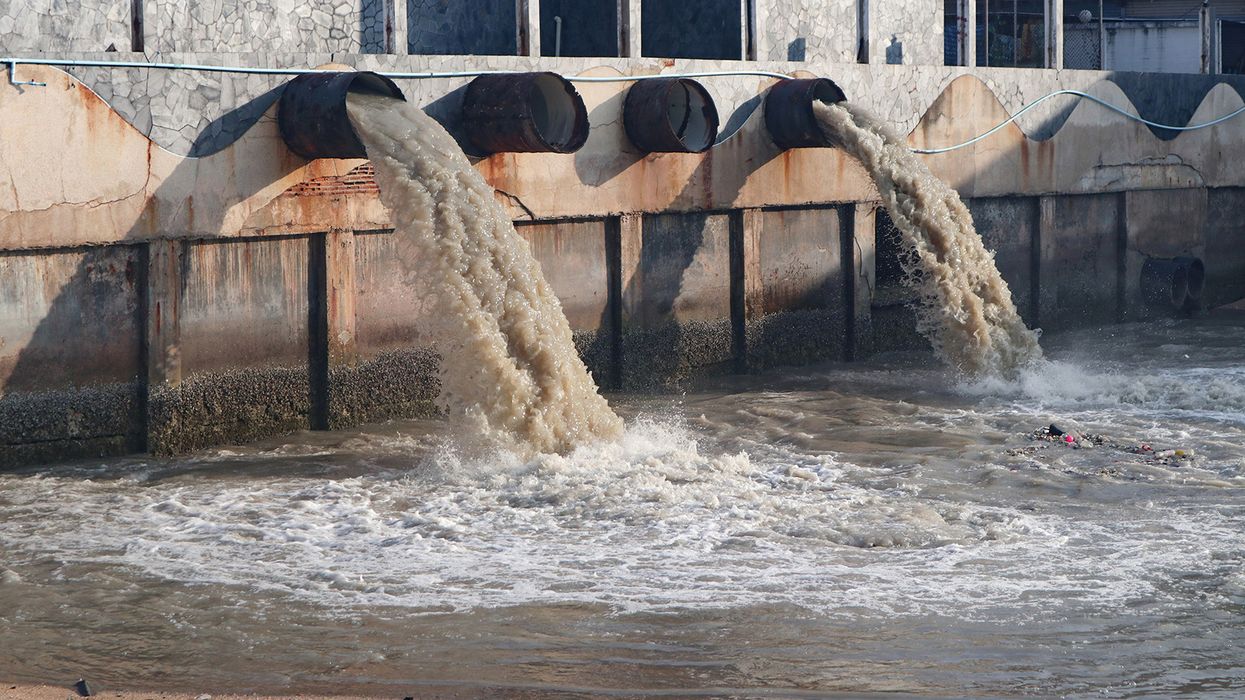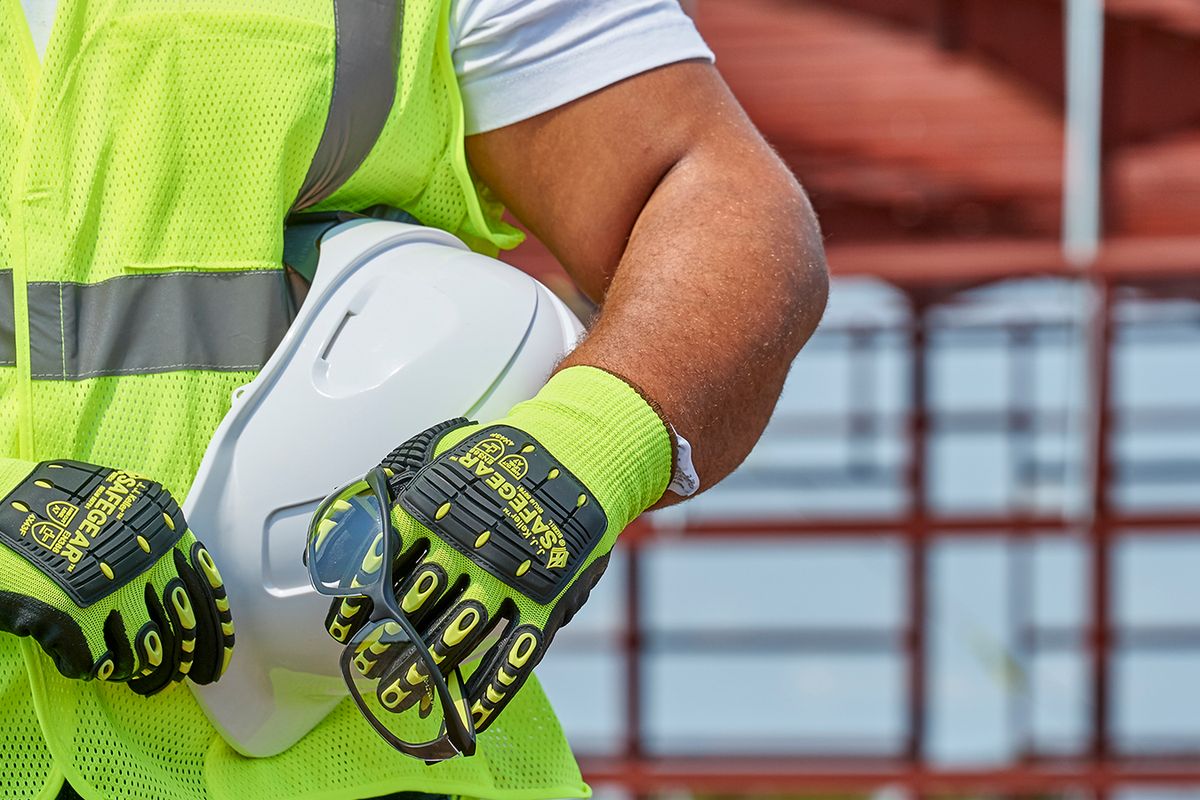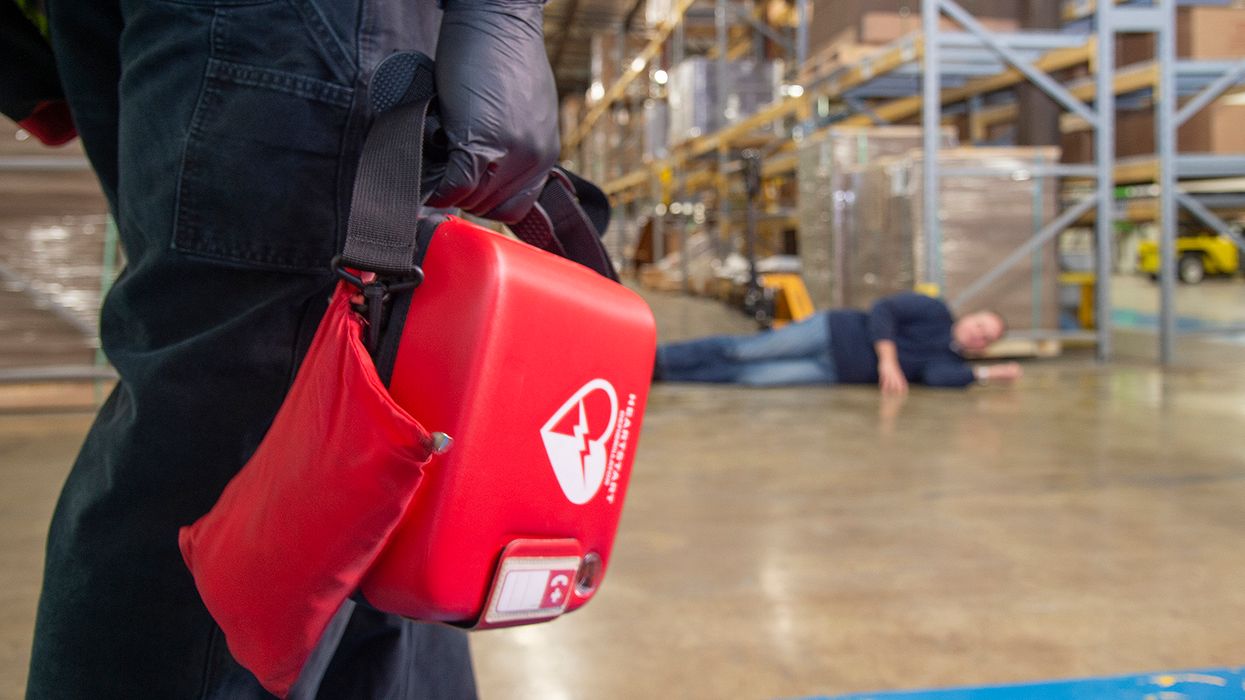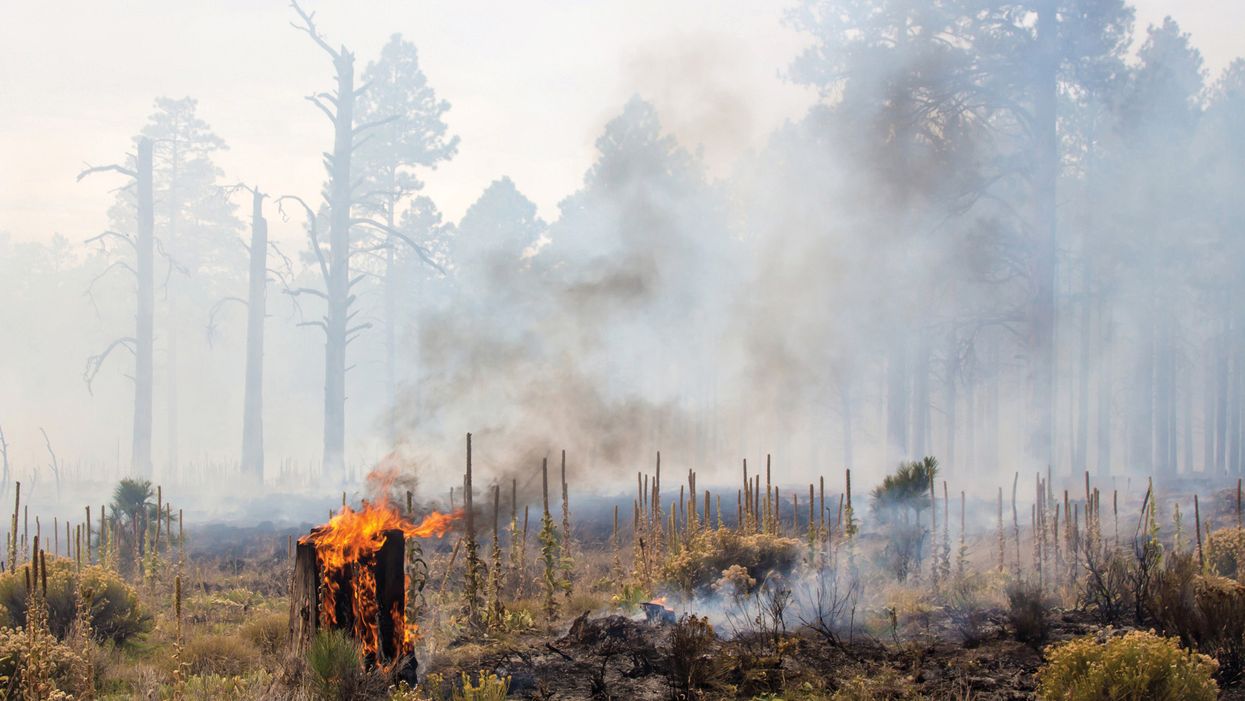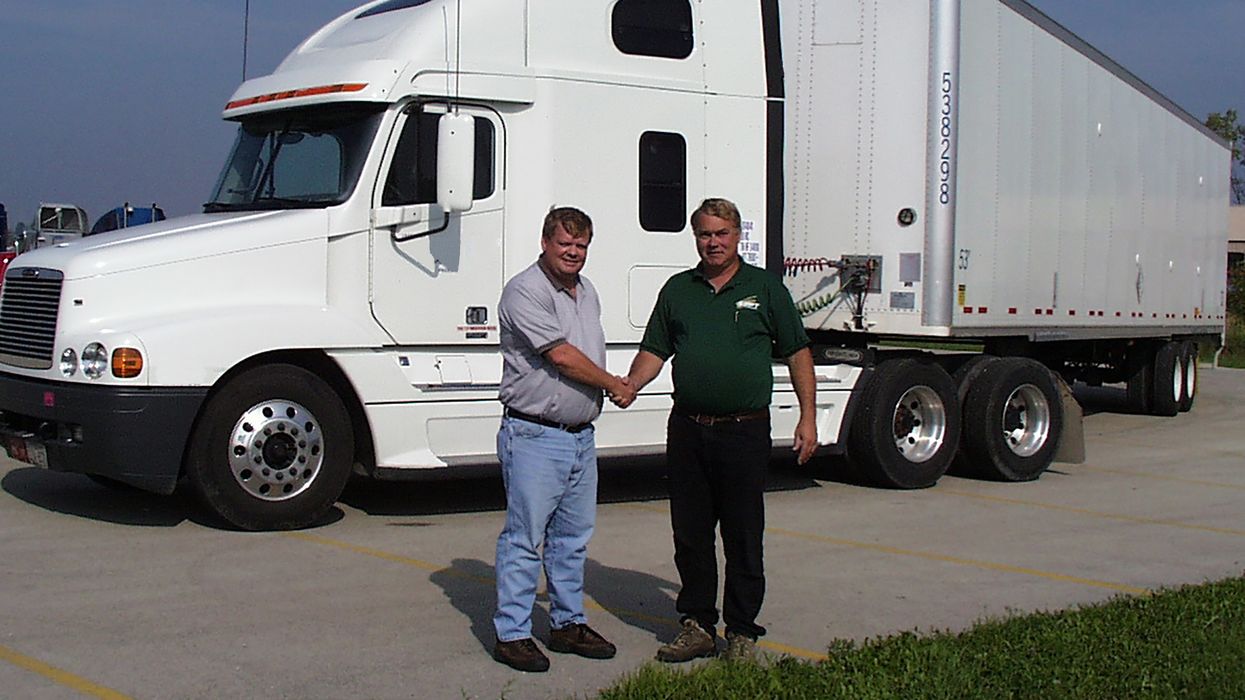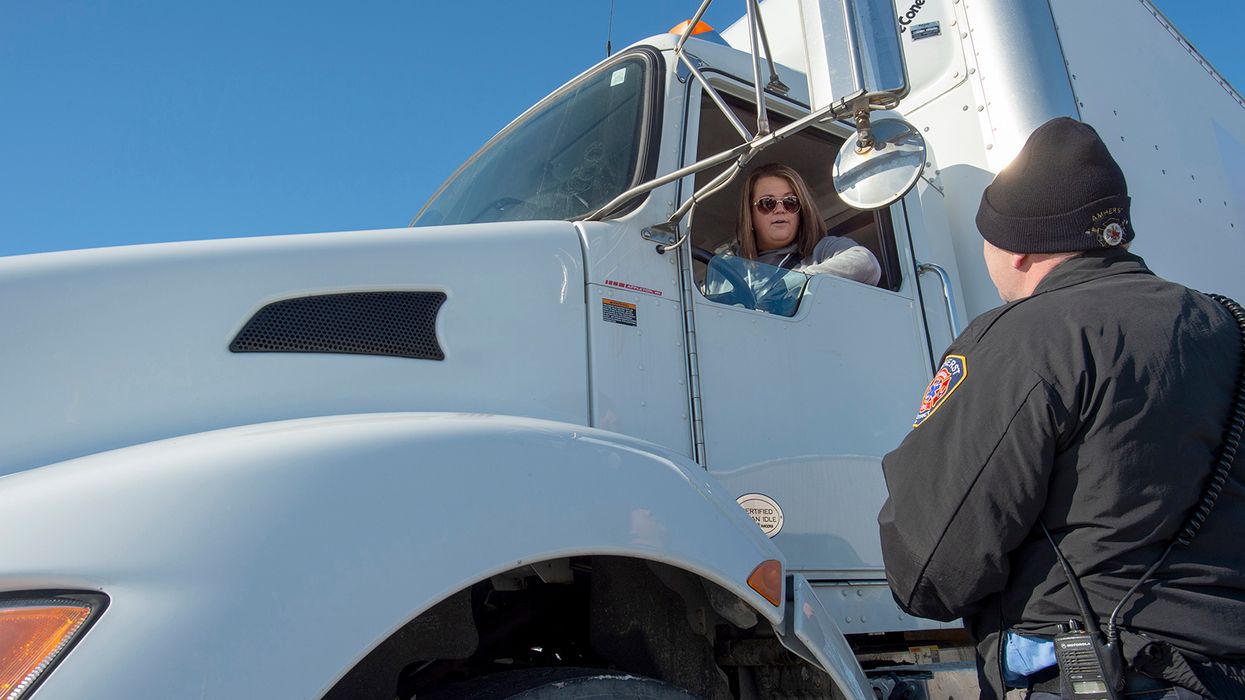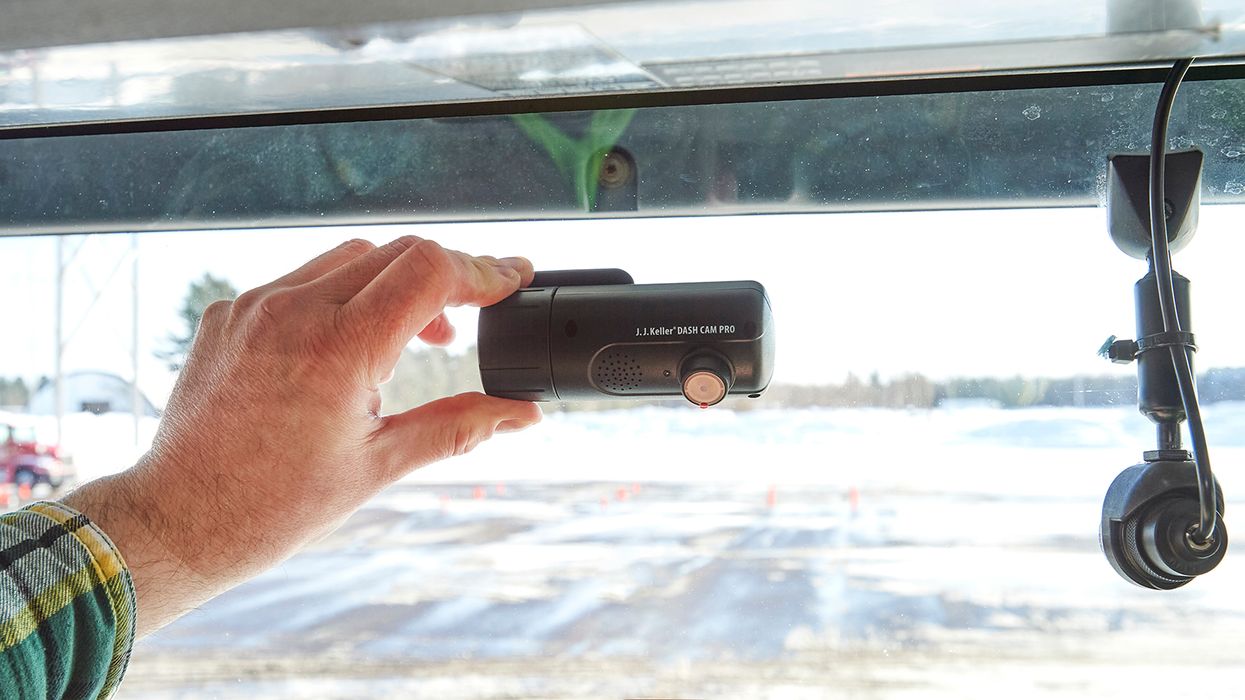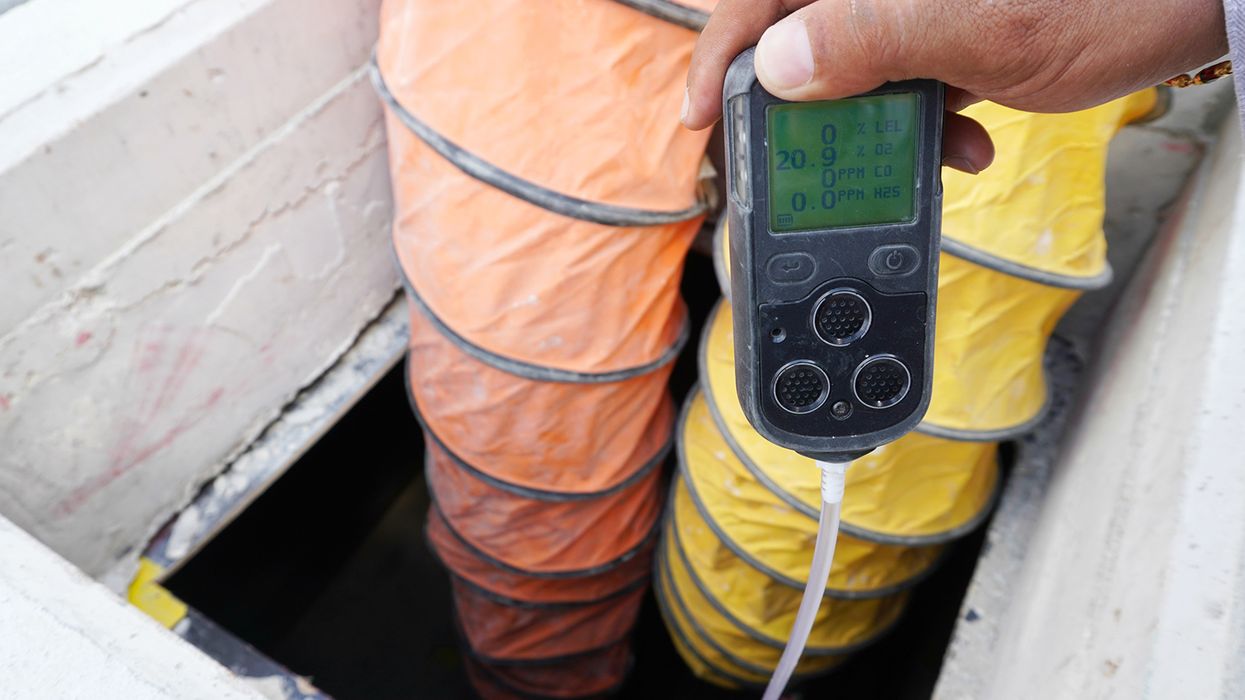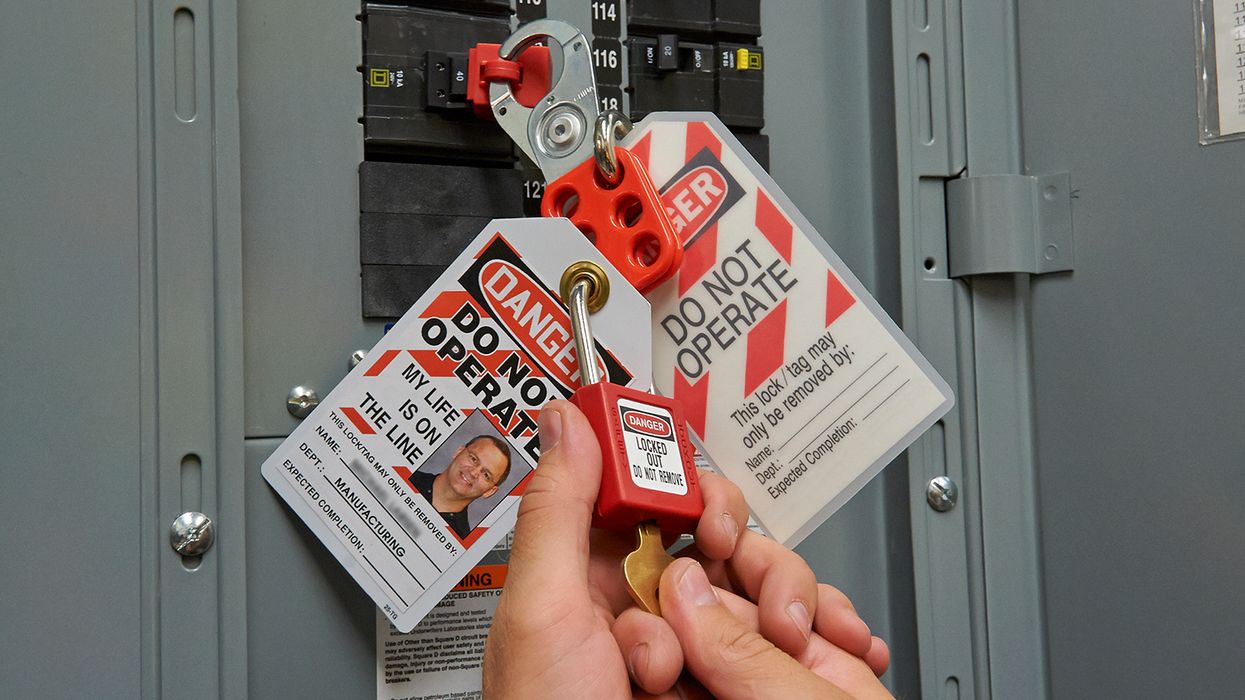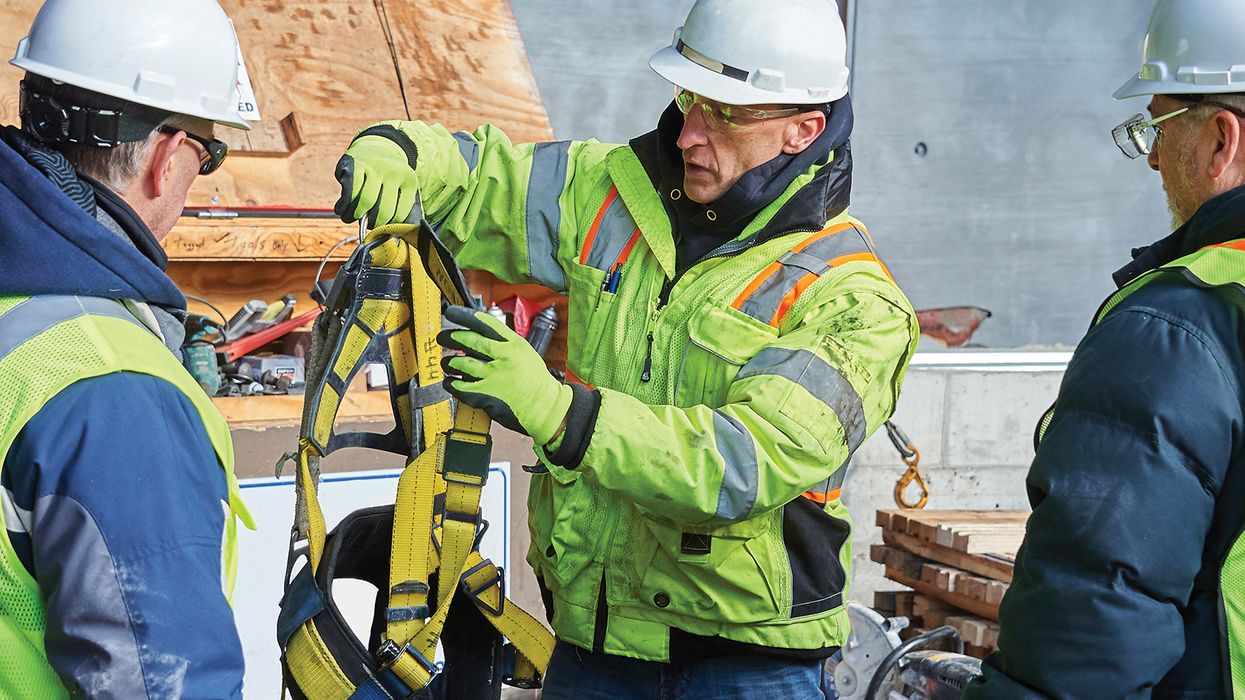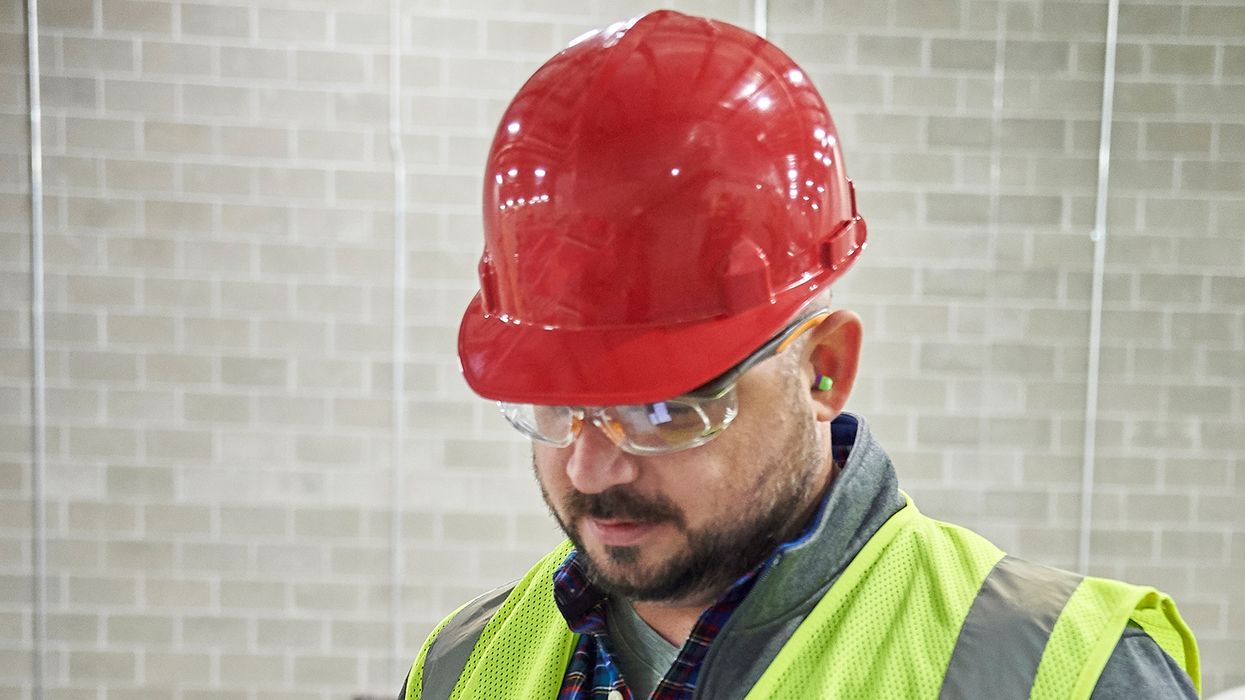Be sure to observe Trench Safety Month in June!
The National Utility Contractors Association declared June 2022 to be Trench Safety Month. OSHA says it will collaborate with the association for Trench Safety Stand-Down Week, from June 20 to 24. However, the two observances may be a good chance to make sure your trenching and excavation operations are in compliance.
Prepare, protect, and inspect
Trench and excavation collapses and cave-ins are a serious threat to workers, but they can be prevented. OSHA suggests that employers think three words — prepare, protect, and inspect — to keep trenches and excavations safe for their workers:
- PREPARE a safe trench or excavation:
- Provide safe entry and exit before starting work, and
- Keep materials at least two feet away from the edge.
- PROTECT workers from a cave-in by using protective systems:
- Sloping or benching trench/excavation walls, or
- Shoring trench/excavation walls with supports, or
- Shielding trench/excavation walls with trench boxes.
- INSPECT the trench or excavation for hazards:
- Look for standing water and other environmental hazards, and
- Never allow workers to enter a trench or excavation unless it has been inspected and approved by the competent person.
Top violators
Note that OSHA’s trenching and excavation standards at 29 CFR 1926.652 specifically call for protective systems on trenches or excavations deeper than five feet unless it is made entirely in stable rock. The standards also require soil and materials to be kept at least two feet from the edge of the trench or excavation. Yet, many employers violate these important, life-saving provisions. Last year, top violators of 1926.652 included those in the following industries:
- NAICS 23711 — Water and sewer line construction
- NAICS 23891 — Site preparation contractors
- NAICS 23731 — Highway, street, and bridge construction
- NAICS 23822 — Plumbing/heating/air conditioning contractors
- NAICS 23611 — Residential Building Construction
Don’t be a statistic! Excavations and trenching are among the most hazardous construction operations. Cave-ins pose the greatest risk and are more likely than some other trench-and-excavation-related incidents to result in worker fatalities. That’s because one cubic yard of soil can weigh as much as a car. Other potential hazards associated with trenching work include falling loads, hazardous atmospheres, and hazards from mobile equipment.
Don’t let the safety month/week go by
Because an unprotected trench or excavation can be an early grave, employers must ensure that workers enter trenches and excavations only after adequate protections are in place to address cave-in hazards, according to 29 CFR 1926 Subpart P. Trench Safety Month and Trench Safety Stand-Down Week are two opportunities to make sure you’re getting it right.






















